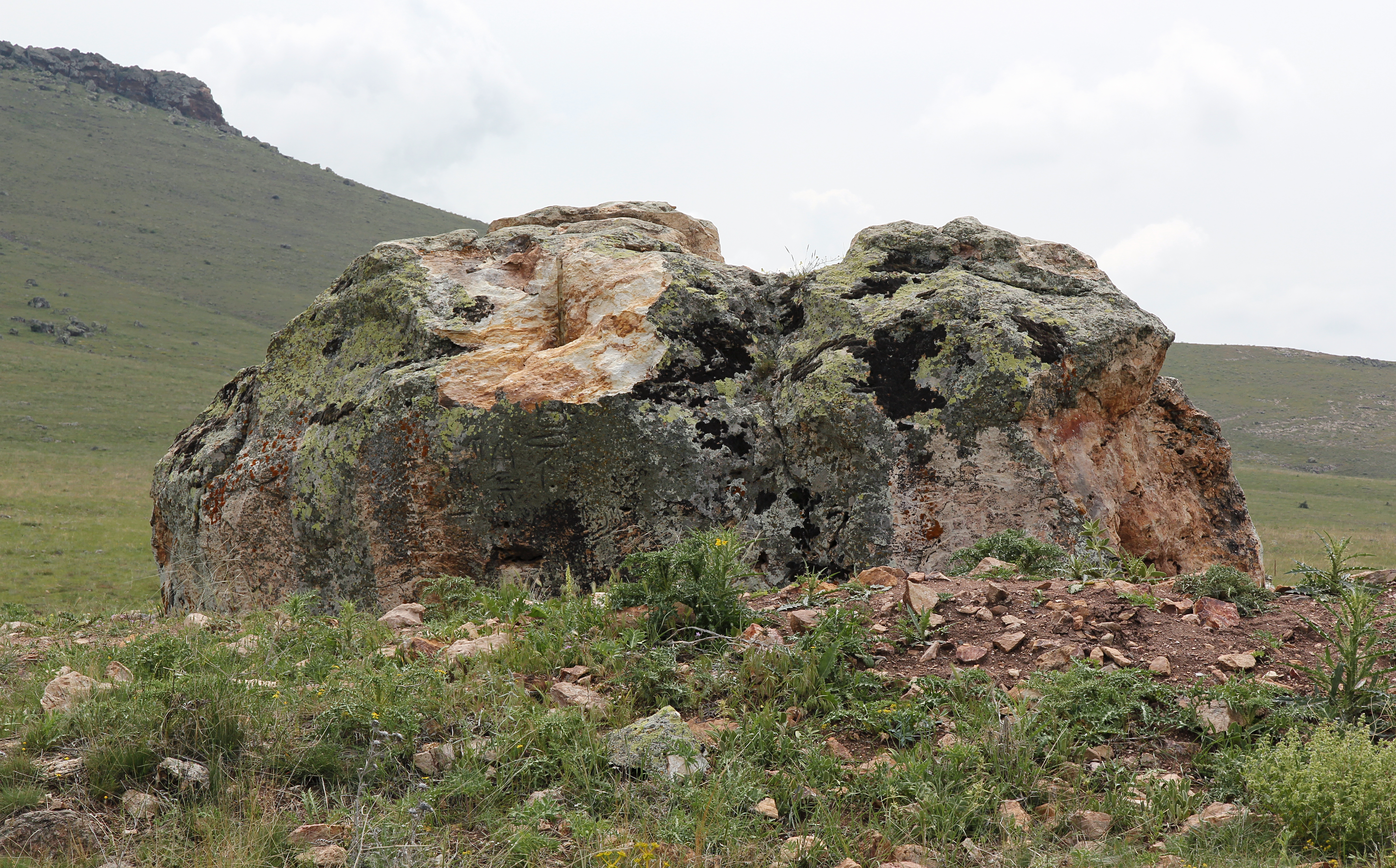|
Karaman Province, Ottoman Empire
Karaman Eyalet () was one of the subdivisions of the Ottoman Empire. Its reported area in the 19th century was . In 1468, the formerly independent principality of Karaman was annexed by the Ottomans; Mehmed II appointed his son Mustafa as governor of the new eyalet, with his seat at Konya. Administrative divisions The eyalet consisted of seven sanjaks between 1700 and 1740:Orhan Kılıç, XVII. Yüzyılın İlk Yarısında Osmanlı Devleti'nin Eyalet ve Sancak Teşkilatlanması, ''Osmanlı'', Cilt 6: Teşkilât, Yeni Türkiye Yayınları, Ankara, 1999, , p. 93. Konya, Niğde, Kayseri, Kırşehir, Beyşehir, Aksaray, and Akşehir. Eyalet History The area covered by the Karaman Beylerbeylik in the 17th century was 78.518 km2 . According to today's Republic of Turkey administrative structure, it covered 6 provinces. These are Konya, Aksaray, Niğde, Kayseri, Nevşehir and Kırşehir. In 1468, it had six sanjaks, namely Konya Pasha Sanjak, Beyşehir, Aksaray, İçil (except for ... [...More Info...] [...Related Items...] OR: [Wikipedia] [Google] [Baidu] |
Eyalet
Eyalets (, , ), also known as beylerbeyliks or pashaliks, were the primary administrative divisions of the Ottoman Empire. From 1453 to the beginning of the nineteenth century the Ottoman local government was loosely structured. The empire was at first divided into states called eyalets, presided over by a beylerbey (title equivalent to duke in Turkish and Amir al Umara in Arabic) of three tails (feathers borne on a state officer's ceremonial staff). The grand vizier was responsible for nominating all the high officers of state, both in the capital and the states. Between 1861 and 1866, these eyalets were abolished, and the territory was divided for administrative purposes into vilayets (provinces). The eyalets were subdivided into districts called livas or sanjaks, each of which was under the charge of a pasha of one tail, with the title of mira-lira, or sanjak-bey. These provinces were usually called pashaliks by Europeans. [...More Info...] [...Related Items...] OR: [Wikipedia] [Google] [Baidu] |
Kırşehir (il)
Kırşehir, historically known as Mocissus or Mokissos () and Justinianopolis () in ancient times, is a city in Turkey. It is the seat of Kırşehir Province and Kırşehir District.İl Belediyesi , Turkey Civil Administration Departments Inventory. Retrieved 1 March 2023. Its population is 162,989 (2023). History  The history of Kırşehir dates back to the Hittites. During the period of the Hittites, the basin of Kırşehir was known as the country of "Ahiyuva", meaning "the Land of the Achaeans", as the Greeks were known to the Hittites. This basin also took the name Cappadocia at the time of the Roman Empire, Romans and ...
The history of Kırşehir dates back to the Hittites. During the period of the Hittites, the basin of Kırşehir was known as the country of "Ahiyuva", meaning "the Land of the Achaeans", as the Greeks were known to the Hittites. This basin also took the name Cappadocia at the time of the Roman Empire, Romans and ...
[...More Info...] [...Related Items...] OR: [Wikipedia] [Google] [Baidu] |
1483 Establishments In Asia
Year 1483 ( MCDLXXXIII) was a common year starting on Wednesday of the Julian calendar. Events January–December * January 1 – The Jews are expelled from Andalusia. * February 11 – The ''General Council of the Inquisition'' is created in Spain. * April 9 – Edward V becomes King of England. * April 29 – Gran Canaria, the main island of the Canary Islands, is conquered by the Kingdom of Castile, a very important step in the expansion of Spain. * April 30 – Pluto moves inside Neptune's orbit until July 23, 1503, according to modern orbital calculations. * April – King Edward V of England and his younger brother Richard, Duke of York reside in the Tower of London. Later this year, rumors of their murders start circulating. By December the rumors have reached France. This is the beginning of the mystery concerning the fates of the two Princes in the Tower. * June 13 – William Hastings, 1st Baron Hastings, is executed, in the first ... [...More Info...] [...Related Items...] OR: [Wikipedia] [Google] [Baidu] |
1480s Establishments In The Ottoman Empire
*
{{Number disambiguation ...
148 may refer to: *148 (number), a natural number *AD 148, a year in the 2nd century AD *148 BC, a year in the 2nd century BC *148 (album), an album by C418 *148 (Meiktila) Battery Royal Artillery, a specialist Naval Gunfire Support Forward Observation unit within 29 Commando Regiment Royal Artillery of 3 Commando Brigade Royal Marines *148 (New Jersey bus), a New Jersey Transit bus route *148 Gallia, a main-belt asteroid *Tatra 148, a heavy truck *Fiat 148, a supermini car See also * List of highways numbered 148 The following highways are numbered 148: Argentina * National Route 148 (Argentina), National Route 148 Canada * New Brunswick Route 148 * Ontario Highway 148 * Prince Edward Island Route 148 * Quebec Route 148 Costa Rica * National Route 148 ( ... [...More Info...] [...Related Items...] OR: [Wikipedia] [Google] [Baidu] |
History Of Niğde Province
History is the systematic study of the past, focusing primarily on the human past. As an academic discipline, it analyses and interprets evidence to construct narratives about what happened and explain why it happened. Some theorists categorize history as a social science, while others see it as part of the humanities or consider it a hybrid discipline. Similar debates surround the purpose of history—for example, whether its main aim is theoretical, to uncover the truth, or practical, to learn lessons from the past. In a more general sense, the term ''history'' refers not to an academic field but to the past itself, times in the past, or to individual texts about the past. Historical research relies on primary and secondary sources to reconstruct past events and validate interpretations. Source criticism is used to evaluate these sources, assessing their authenticity, content, and reliability. Historians strive to integrate the perspectives of several sources to develop a ... [...More Info...] [...Related Items...] OR: [Wikipedia] [Google] [Baidu] |


